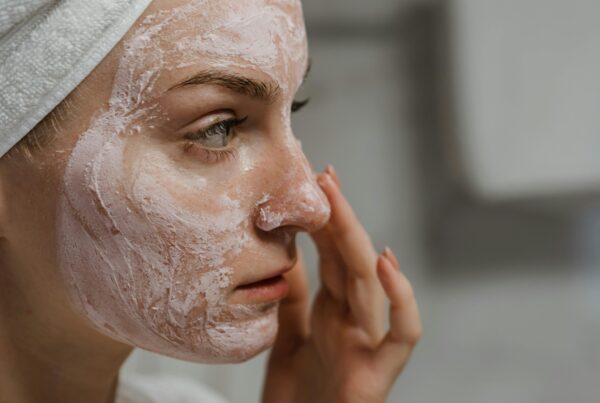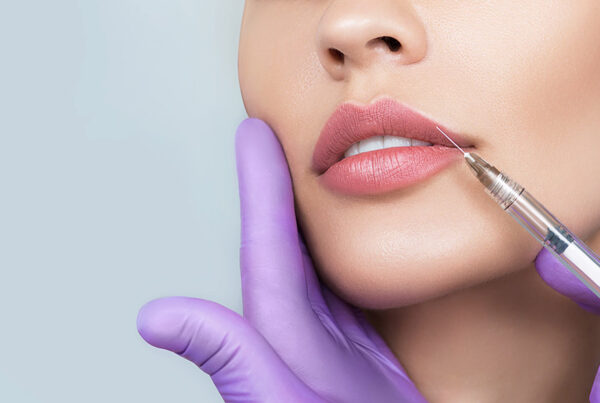It’s likely that you have heard about Botox treatment for cosmetic procedures. Otherwise known as the bacterium Clostridium botulinum, Botox offers a way to help you appear younger. It reduces wrinkles and frown lines. Botox can even be combined with dermal fillers. This is what gives you that youthful glow. But what you may not know is that Botox treatment are a great way to make your jaw more comfortable when you are enduring TMJ disorder pain. This is because Botox works to reduce the activity of facial muscles. It temporarily reduces abnormal muscle contractions, as well as prevents nerve cell signals from reaching your muscles. With that in mind, it has been administered by dentists for many years for therapeutic purposes.
Studies have shown that Botox treatment are able to improve TMJ disorder treatments in up to 90% of patients. Participants in these studies reported sleeping better and having less frequent headaches thanks to Botox treatments. If you are recommended by an oral and maxillofacial surgeon to go this route, you will work together to determine how many injections you will benefit from. Every patient’s situation is unique. Note that you likely will not feel the effects of the treatments right away. Although you are able to return to regular activities immediately after, it will take several days to feel relief. Botox is often recommended alongside other TMJ therapies, such as mouth guards, in order to have the best overall experience.
Botox treatment
Botox injections block certain chemical signals from nerves, mostly signals that cause muscles to contract. The most common use of these injections is to temporarily relax the facial muscles that cause wrinkles in the forehead and around the eyes. Botox injections are also used to treat conditions that affect how the body functions. Examples include:
- Cervical dystonia. In this painful condition, your neck muscles contract involuntarily causing your head to twist or turn into an uncomfortable position.
- Lazy eye. The most common cause of lazy eye is an imbalance in the muscles responsible for positioning the eye.
- Muscle contractures. Some neurological conditions, such as cerebral palsy, can cause your limbs to pull in toward your center. In some cases, these contracted muscles can be relaxed with Botox injections.
- Hyperhidrosis. In this condition, excessive sweating occurs even when the temperature isn’t hot and you’re not exerting yourself.
- Chronic migraine. If you experience migraines more than 15 days a month, Botox injections may help reduce headache frequency.
- Bladder dysfunction. Botox injections can also help reduce urinary incontinence caused by an overactive bladder.
- Eye twitching. Botox treatment may help relieve contracture or twitching of muscles around the eye.
Risks
Botox injections are relatively safe when performed by an experienced doctor. Possible side effects and complications include:
- Pain, swelling or bruising at the injection site
- Headache or flu-like symptoms
- Droopy eyelid or cockeyed eyebrows
- Crooked smile or drooling
- Eye dryness or excessive tearing
Although very unlikely, it’s possible for the toxin in the injection to spread in your body. Call your doctor right away if you notice any of these effects hours to weeks after receiving Botox:
- Muscle weakness
- Vision problems
- Trouble speaking or swallowing
- Breathing problems
- Loss of bladder control
Doctors generally recommend against using Botox when you’re pregnant or breast-feeding. And Botox should not be used in people who are allergic to cow’s milk protein.
Select your doctor carefully
Botox must be used only under a doctor’s care. It’s important that injections be placed precisely in order to avoid side effects. Botox therapy can be dangerous if it’s administered incorrectly. Ask for a referral from your primary care doctor or look for a doctor who specializes in your condition and who has experience in administering Botox treatments.
A skilled and properly certified doctor can advise you on the procedure and help determine if it best suits your needs and health.




